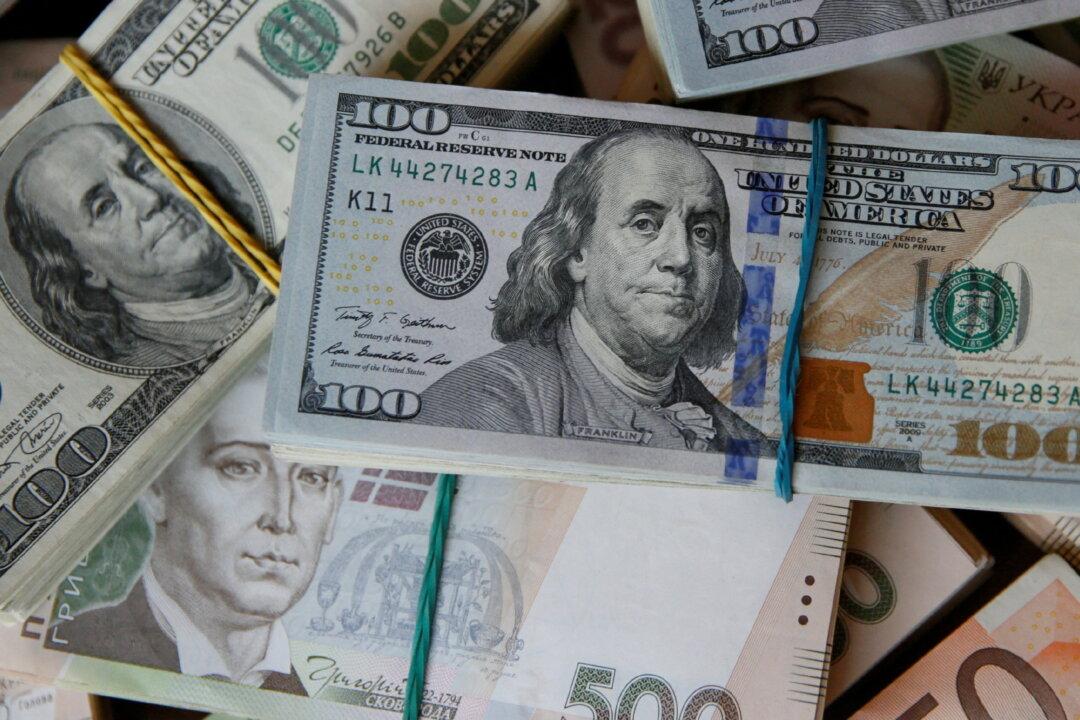LONDON/SYDNEY—The dollar inched higher on Monday as investors set their sights on inflation data later in the week which is expected to show that price pressures remain strong.
Meanwhile, sterling slipped for the fourth straight session even after the Bank of England (BoE) expanded its support for markets.





